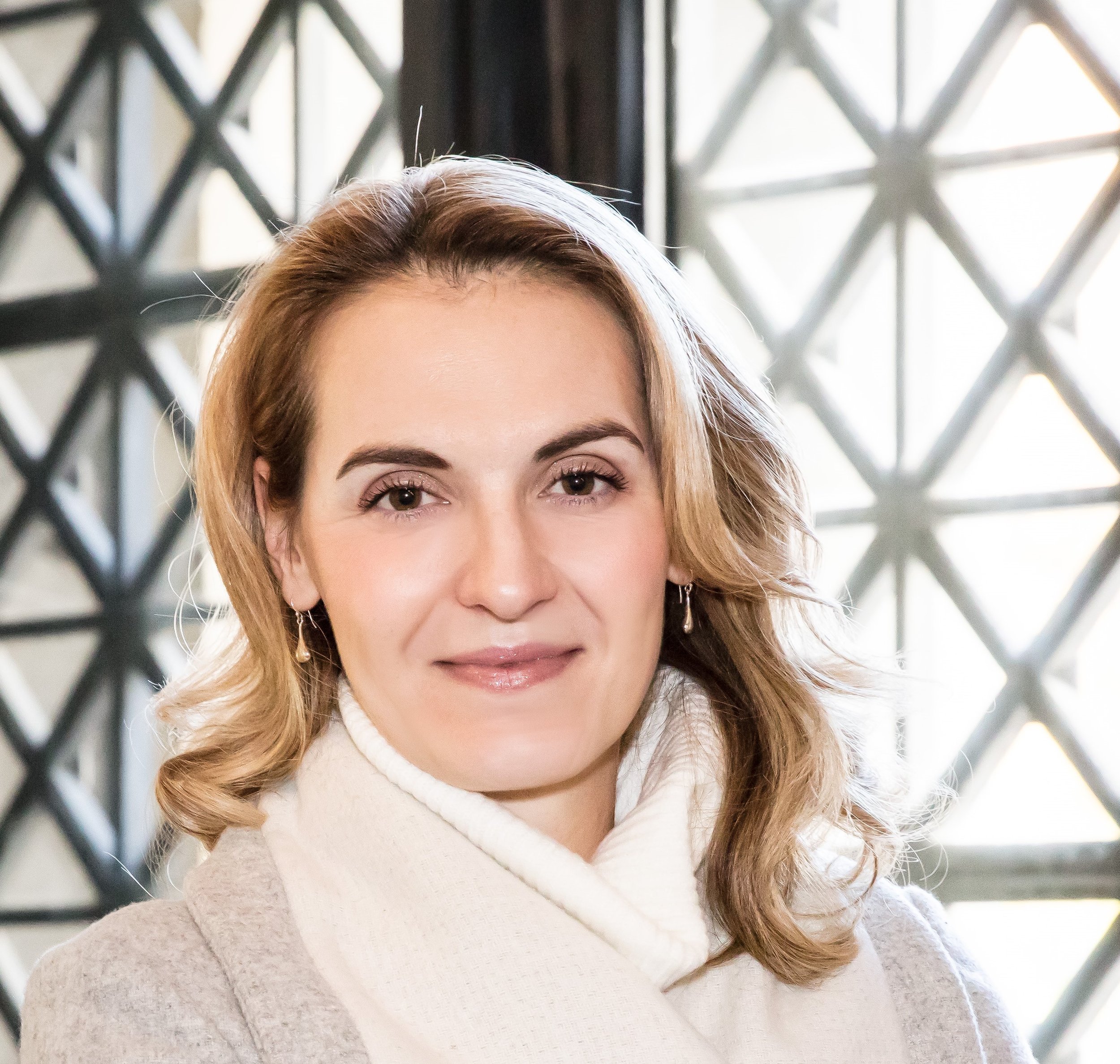When the COVID-19 pandemic swept the globe in 2019, it fundamentally altered the ways in which health care services were being offered. Until then, virtual health care was relatively uncommon. But faced with lockdowns and social distancing, the world saw a dramatic surge in demand for telehealth services and resources. In Canada, many parents of children with neurodevelopmental disabilities experienced telerehabilitation for the very first time.
BRIGHT Coaching Co-Principal Investigator Annette Majnemer, also CHILD-BRIGHT's Nominated Principal Investigator and Scientific Co-Director
CHILD-BRIGHT researcher Tatiana Ogourtsova
In response to this shift, researchers at CHILD-BRIGHT began to wonder about the value of telerehabilitation, in which physical, occupational or other types of therapy are delivered remotely, compared to in-person treatment. A team led by CHILD-BRIGHT researcher Tatiana Ogourtsova conducted a systematic literature review of studies examining the effectiveness of telerehabilitation for children with neurodevelopmental disabilities and their parents. The review was completed with the network’s Phase 1 BRIGHT Coaching project, led by Co-Principal Investigators Annette Majnemer, also CHILD-BRIGHT's Nominated Principal Investigator and Scientific Co-Director, and Maureen O’Donnell, Executive Director of Child Health BC and Associate Professor in the UBC Department of Pediatrics.
Annette, Tatiana, and partner with lived and lived experience (PWLE) Georgia Iliopoulos shared the study’s results and discussed the future of telerehabilitation in Telerehabilitation for children and youth with disabilities: Evidence and perspectives, the March 2022 episode of Children’s Healthcare Canada’s SPARK: Live webinar series.
The literature review revealed three major findings:
Telerehabilitation is either as effective or more effective than in-person treatments.
Telerehabilitation is very effective in situations where the clinician is actively involved in all sessions and uses a family-centred approach, addressing the needs of both the child and parents.
Teleassessments done in-person or virtually have the same result.
To get a parent’s perspective on the data, and to gain insights into the real-world challenges and benefits of telerehabilitation, Tatiana and Annette spoke with Georgia about her experience seeking services for her daughter, Odessa, starting when she was 17 months old. At the height of the pandemic, Georgia and her husband sought out a speech language pathologist (SLP) for their daughter, Odessa, for speech therapy and an autism assessment. They were relieved to find an SLP who was offering sessions via Zoom.
Despite initial challenges, Georgia quickly saw the benefits of teletherapy. Besides lowering her daughter’s risk of contracting COVID-19, virtual sessions meant fewer displacements and reduced stress for the family. Georgia also said that it empowered her as a parent. “I wasn’t playing a passive role, or just watching or listening,” she said. “I was trying out strategies, I was receiving feedback. I felt more confident in my ability to work with my daughter.”
Mother supervising her son’s video call. Ref.: Pexels.
At the start, however, the experience of virtual care was daunting. Georgia found there was a learning curve to using the platform for rehabilitation. In their first sessions, she acted as mediator between Odessa and the therapist: “The challenge was keeping my daughter engaged while shifting my focus and listening to the therapist. And then shifting back to my daughter and executing whatever the strategy was and getting feedback.”
It took time for Georgia and the therapist to identify the best strategy. Eventually, they developed a two-part structure that also involved Georgia’s husband. Having the whole family on board, she said, was incredibly valuable. “We were there as a team,” she said with a smile. Virtual sessions also meant that Georgia and her family had to invest in new technology. “For instance, my daughter had a harder time concentrating when she could hear the clinician,” said Georgia. She had to find a wireless headset to wear during the sessions so the SLP’s voice wouldn’t distract Odessa.
Overall, Georgia felt that the time spent troubleshooting was frustrating: “As a parent, you feel like you’re not utilizing the whole session for therapy.”
When asked what changes could be made to improve telerehabilitation, Georgia was quick to highlight the need for better communication. In her case, the SLP did not consult with her or her husband prior to their first therapy session, and this led to significant time loss. “There was no preparation beforehand,” she said. “I wasn’t asked what I thought might work best for my daughter.”
Furthermore, Georgia pointed out that telehealth care providers should speak with the family about what technology they have at home and how best to set up their environment to make therapy successful. “I think preparation is really the key point here,” she said. “Having an open discussion with the family beforehand instead of problem-solving through sessions.”
Despite these hurdles, Georgia was enthusiastic about the benefits of teletherapy:
“My daughter made amazing – and is making – amazing progress with it!”
To close the session, Annette spoke of the future of telerehabilitation in a post-pandemic world. “There are real benefits to families in terms of accessibility,” she said. “But it’s not necessarily for everybody, and there are limits to what it can and cannot do.” From her perspective, the way forward was to combine the best elements of in-person and virtual care. “I think it’s an opportunity to rethink the ways we assess and intervene,” she said.
Mother and son having an online consultation with a clinician. Ref.: Shutterstock.
Georgia agreed that, while in-person therapy was sometimes necessary, virtual care was here to stay: “Knowing what the benefits are, and how it can be adapted to suit our needs, I would definitely use it [again]. I think it’s very valuable and I hope it continues!”
The findings from this study continue to have wide-reaching impacts. In 2022, Tatiana, Annette, Georgia, and a dedicated team launched the TELEREHUB-CHILD website, which aims to optimize the use of telerehabilitation for children and youth with developmental disabilities and their families. It includes resources for families and clinicians, current information about the effectiveness of different tele-treatments, and more.
PUBLICATIONS
Read the following research articles that resulted from the telerehabilitation study:
Telerehabilitation for Children and Youth with Developmental Disabilities and Their Families: A Systematic Review (August 2022)
UPCOMING WEBINARS
Want to learn more about the work CHILD-BRIGHT does? Register for one of our upcoming webinars:













